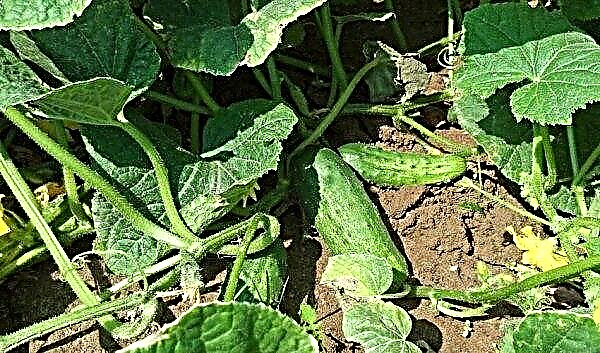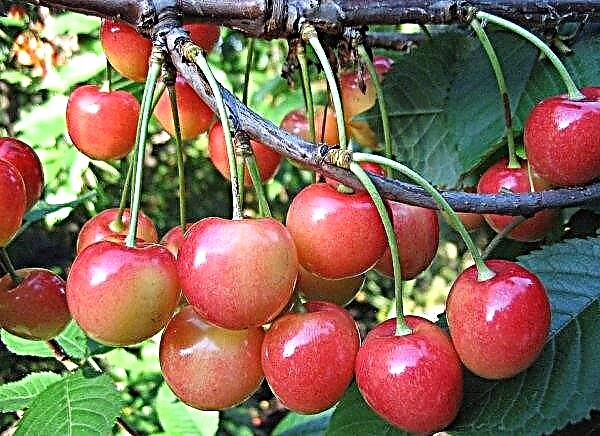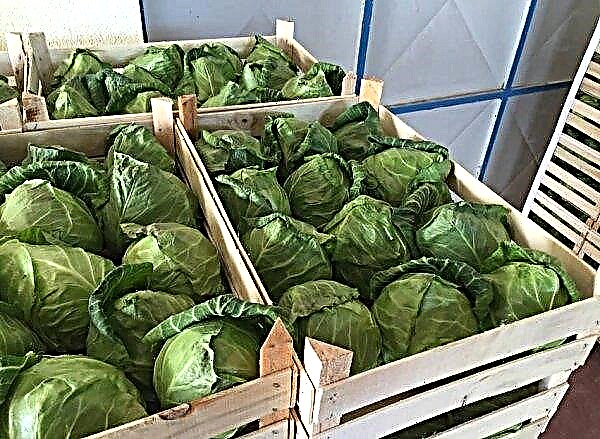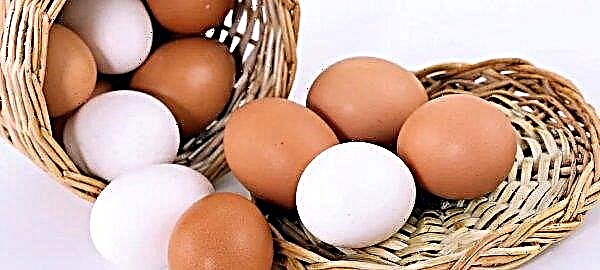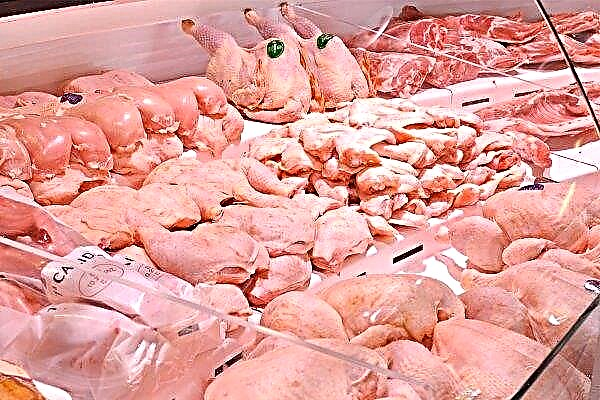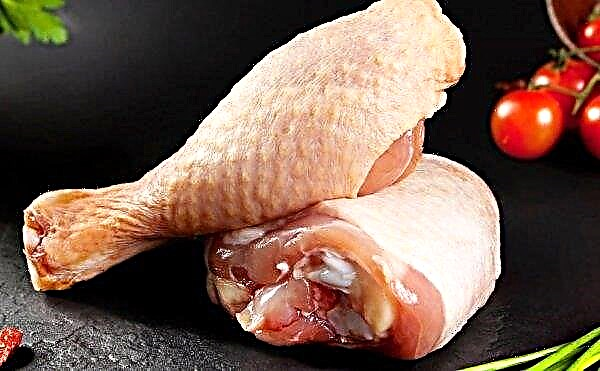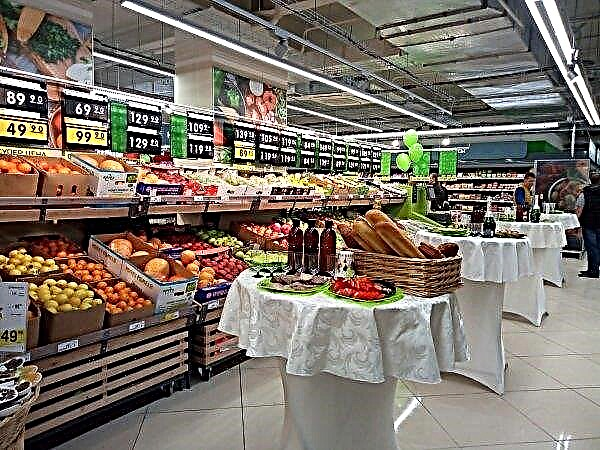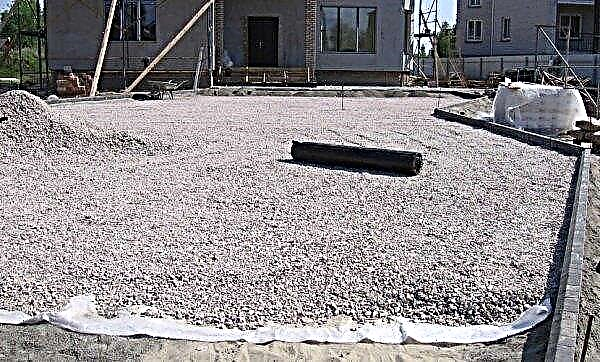When thinking about which animals to replenish the farm, do not hesitate, quailing is an ideal option. Miniature birds from the Fazanov family are simple to maintain, famous for their pleasant singing, and most importantly - this is a source of valuable food. So, quail eggs are a storehouse of vitamins, minerals and essential amino acids. Let us consider in more detail the aspects related to the egg laying of these birds.
At what age do they start racing
Unlike their feathered relatives, quails are early birds, characteristic cries of males and whistling of females testify to puberty. Given the large number of breeds, this indicator can vary: in Japanese - 25 days, in Estonian - 37 days and up to 40 days of age for other representatives of the species. By this time, the quail reaches a mass of about 100 g.
How many years are rushing
Having considered the question of the age at which oviposition begins, one should proceed to its duration, the maximum rate of which is reached by 2 years, with a total life expectancy of 4–5 years. Peak productivity occurs between 2 and 9 months of age: during this period, the birds carry the best quality egg, suitable for incubation and reproduction of offspring. Starting from the 10th month, the size of the demolition decreases, the product loses its taste and nutritional value, the young stock hatched from them is weaker. Given the characteristics of egg productivity, it is recommended to kill one-year-old individuals, since their subsequent maintenance is unprofitable. Only 10% of the adult population is left for wintering.
Starting from the 10th month, the size of the demolition decreases, the product loses its taste and nutritional value, the young stock hatched from them is weaker. Given the characteristics of egg productivity, it is recommended to kill one-year-old individuals, since their subsequent maintenance is unprofitable. Only 10% of the adult population is left for wintering.
How often
The quail egg-laying pattern is special and has a certain pattern: 5–6 productive days alternate with 1–2 days of rest. For a day, a laying egg lays one egg, in rare cases - two. Pay attention to what day the bird starts laying, that is, the prolonged phase of the break indicates a violation of the norms of maintenance and feeding.
Important! Quail are very shy - protect them from all kinds of stress in order to realize the maximum productivity of birds.
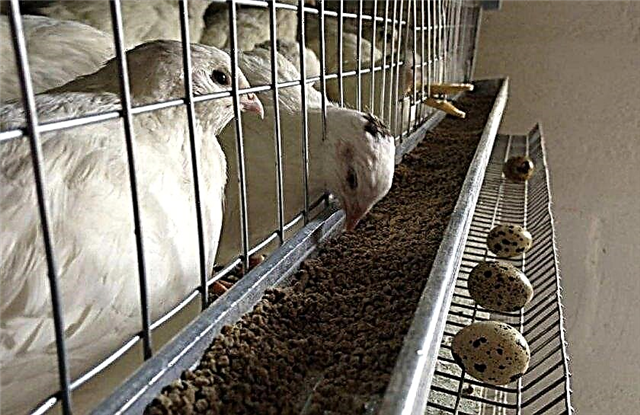
How many eggs give
The valuable properties of quail eggs are one of the incentives for breeders to increase the productivity of laying hens by reducing the resting phase. The following is the productivity of common breeds:
| Breed | Egg production, pcs per year |
| Japanese | from 300 |
| Estonian | 280 |
| Manchurian | 280–290 |
At what temperature
Birds are quite sensitive to temperature extremes, cold and drafts. The optimum indicator for them is considered to be 18–25 ° C. At a mark below 16 ° C, the laying hens cease to rush, the livestock heaps, the individuals jump onto each other, which leads to their death. The presence of drafts is evidenced by the uncharacteristic appearance of the feather cover: the birds look tousled, and sometimes they completely drop their feathers.
What time are rushing
Usually quailing rush after lunch or in the evening. The Japanese breed begins the process immediately after feeding.
When they stop rushing
Many are interested in the answer to the question of how much time is required for the full realization of the productivity of a hen. Given the early maturity of the species, the maximum rates are reached up to 10 months of age, after which they gradually decrease and at 2 years completely reduce to zero. Thus, one-year-old females are sent for slaughter, since their subsequent breeding does not pay off, in addition to this, adult individuals tolerate winter worse due to poor plumage.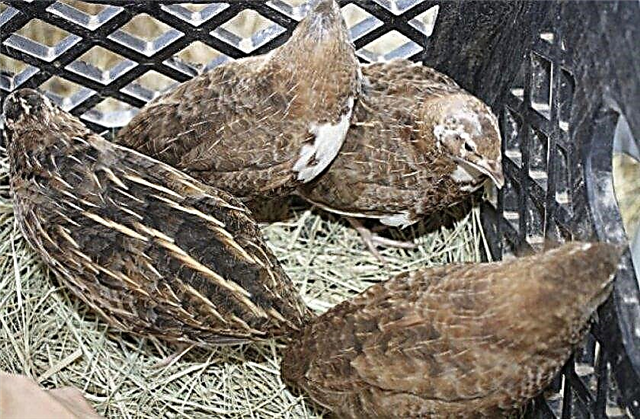
What to do if they are badly carried
There are a number of reasons for the decrease in egg production, and you should understand what leads to this, how to prevent and eliminate negative factors:
- Incorrect light mode. The daylight hours should be at least 18 hours, regardless of the season. With too bright light, the birds become aggressive, their health and egg production deteriorate.
- Low temperature in the house. As previously stated, in order to ensure productivity, the appropriate temperature regime is important; at lower rates, egg breakage worsens and stops altogether.
- An unbalanced diet. Review the menu of birds - the food should be full, 3-4 times a day, in the morning they prefer cereals, and then wet mixes with the addition of chopped herbs.
- Failure to comply with content standards 100-120 sq. M are allocated per adult. see the house.
- Adaptation. After the purchase, quails need time to get used to and get used to new conditions.
- Replacement of a breeding male. When the manufacturer changes, a slight stoppage of egg production occurs.
- Health status. Sick females also show negative results in terms of the number of drifts. Perform regular veterinary examinations and take preventive measures to maintain a good physical condition of the livestock.
- Old age. After 10 months of age, the egg production rate decreases, and this is a natural phenomenon.
 Having examined in more detail the physiological characteristics of quail, we learned how much time it will take to get the maximum number of eggs and after how much the growing of birds becomes unprofitable. Do not forget about the important aspects of bird care, provide them with the right conditions, receiving in return valuable food.
Having examined in more detail the physiological characteristics of quail, we learned how much time it will take to get the maximum number of eggs and after how much the growing of birds becomes unprofitable. Do not forget about the important aspects of bird care, provide them with the right conditions, receiving in return valuable food.
Reviews
Quails can not be bought when they are already rushing. They must be bought before. Firstly, you do not know how much they have already been carried by the seller. And the age of quail is short-lived. I change mine at the age of 10 months. Secondly, when they move, they will naturally experience stress, when changing conditions, too, when changing food, too. After that, they need two weeks to start racing again, and about 2 weeks to leave to its normal egg production. Feed should not always be in the cage! Quail should eat food for an hour or two and then sit without food until the second feeding. Also, much depends on the size and design of your cage.

